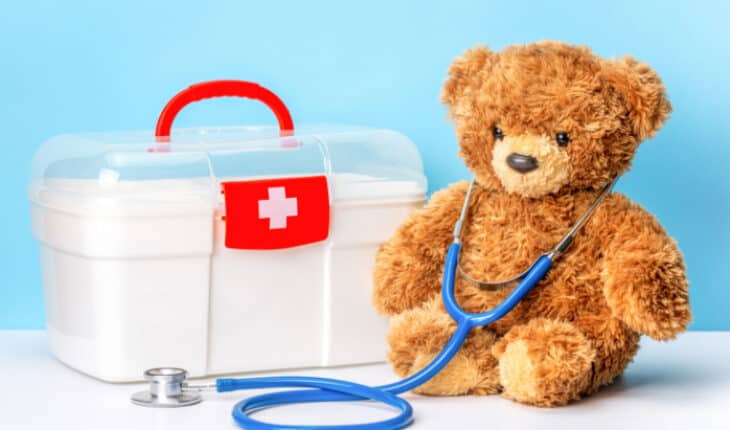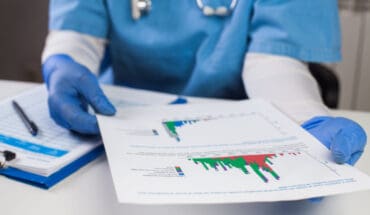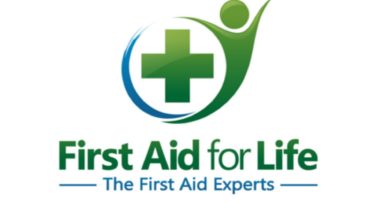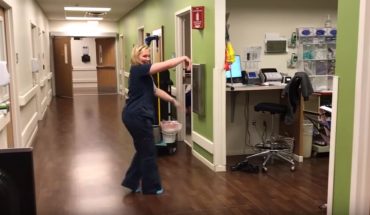Make a first aid course one of your resolutions: As the new year begins, everyone is once again talking about new year resolutions. This year more than ever before, it is vital to know how to help yourself and others in a medical emergency.
You could be waiting quite some time for an ambulance and what you do in those first vital minutes is critical to someone’s survival.
Make this year the year you set yourself a realistic goal; one that is achievable and useful not only to yourself but your family and the general public too. One you’ll even get to put a satisfying tick by on your to do list…don’t let yourself be the person regretting you didn’t know how to help.
Why first aid is so essential
Accidental injury is one of the biggest causes of death in the UK for children over the age of one. More children die each year as a result of accidents than from illnesses such as Leukaemia or Meningitis. Furthermore, every year one million children under the age of 18 are taken to Accident and Emergency units after being involved in accidents in the home. Only 9% of UK parents are confident and willing to perform first aid on their children.
Basic first aid can mean the difference between life and death. It can make a huge difference to the extent of someone’s recovery, the amount of pain they are in and how long they need to be in hospital. Prompt first aid can even mean a child is able to make a full recovery without the need of medical intervention at all.
Therefore, it is quite alarming that 4/5 parents don’t know basic first aid procedures that could save their child’s life. Every parent should know what to do in an emergency. Children have accidents – it’s a fact of life – and although most are thankfully minor, it’s sensible to know what to do if an accident or injury is more serious.
Ambulance Waiting Times
With Ambulance waiting times increasing, it’s key that you know how to do First Aid in case an ambulance cannot get to you as quickly as you need. Learn vital life saving skills that will help you while waiting for an ambulance.
The following RoSPA UK statistics make alarming reading:
- 500,000 children need to go to casualty annually after accidents in the home.
- Every year across the UK, there are approximately 6,000 deaths as a result of home accidents
- 125,000 children die or are injured in garden accidents.
- 20,000 children end up in casualty departments with burns.
- 5,804 children are injured in road accidents.
- 3,227 children are injured as car passengers.
- 100 children die from severe burns every year.
- 70 children are killed on the roads every week.
Most common emergencies for babies and toddlers:
- Choking
- Burns/scalds
- Head injuries
- Cuts and bruises
- Unconscious or not breathing
- Many of the accidents that happen in and around the home can be avoided. By identifying and understanding potential accident risks in the home, you can take some basic safety steps that will keep your children safe and give you peace of mind.
Children need to be able to explore and enjoy their environment and they shouldn’t be wrapped in cotton-wool. Take basic sensible precautions to keep them safe, ensure you know what to do if an accident occurs by taking a first aid course and invest in a good quality first aid kit.
Sign up here for your Essential First Aid Course.
- What is a seizure? - 13th March 2025
- Febrile Convulsions and Seizures in Children - 13th March 2025
- Why women are less likely to receive CPR or survive cardiac arrest - 6th March 2025







